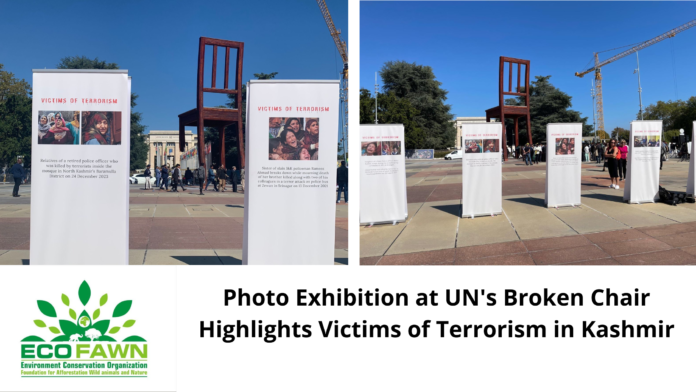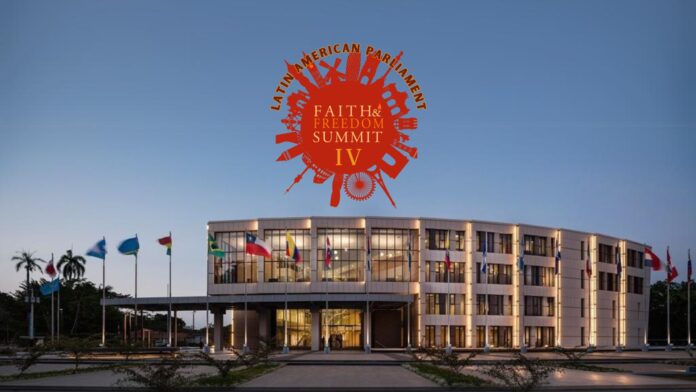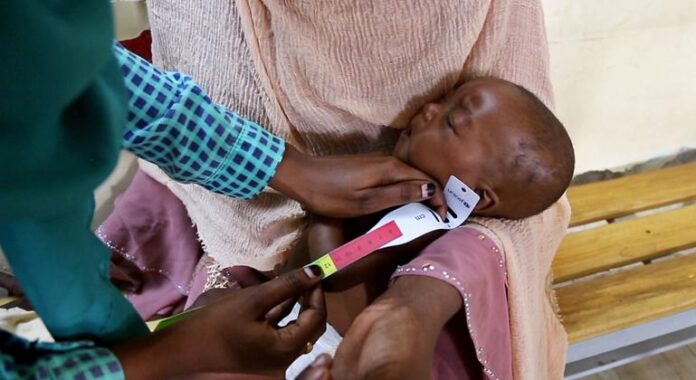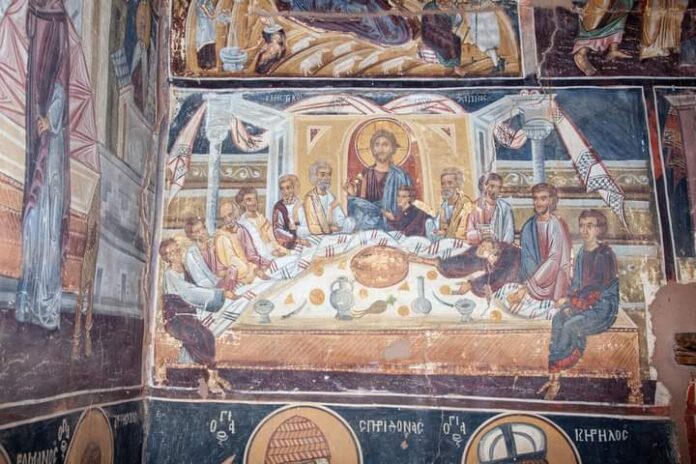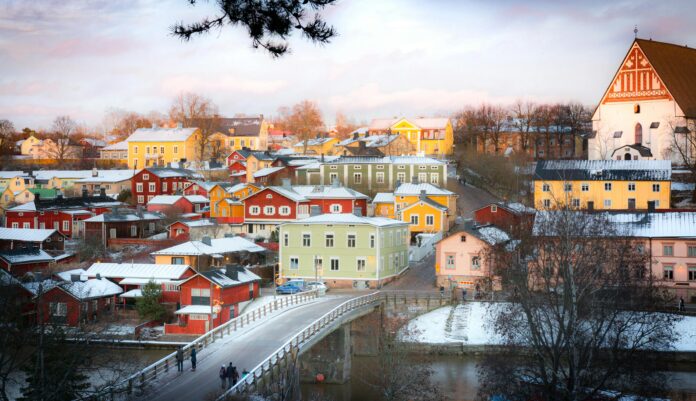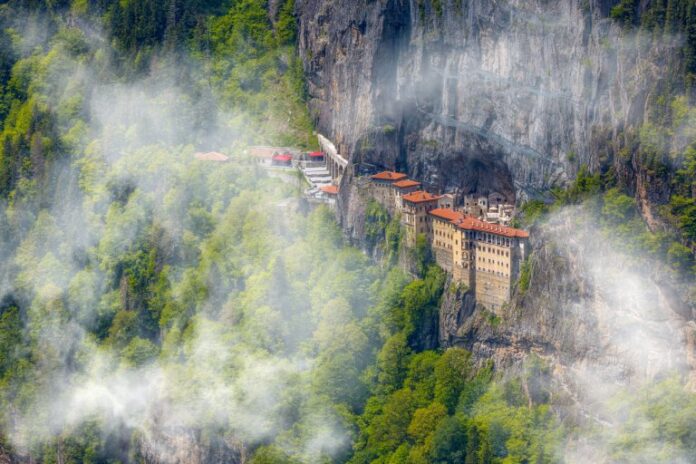A poignant photo exhibition, organized by ECO FAWN Society, was held at the United Nations’ Broken Chair, during the 57th session of the Human Rights Council, shedding light on the plight of victims of terrorism in Kashmir. The event, well attended by UN delegates, foreign travelers, and members of the public from diverse backgrounds, aimed to raise awareness about the ongoing struggles faced by the region’s people. Through striking imagery, the exhibition vividly depicted the personal stories of loss, survival, and resilience in the face of decades of violence and instability.
The exhibition’s central focus was to humanize the statistics surrounding terrorism, giving a voice to the affected communities, particularly women and children. Participants included diplomats, NGOs, human rights activists, and media personnel, all of whom praised the initiative for creating a platform to foster empathy and dialogue on the issue. Public feedback emphasized the emotional impact of the photographs, inspiring conversations about peace, reconciliation, and justice for the victims.
The ECO FAWN Society, a non-governmental organization focused on environmental and human rights issues, expressed hope that the exhibition would contribute to global efforts to address the root causes of terrorism and provide support to its survivors.
List of Victims:
- Rafiya Jan: Victim of a grenade attack in a crowded market in Srinagar – “A life cut short by senseless violence.” Read more
- Rouf Ahmad Khan: Civilian shot dead by militants in Srinagar – “Caught in the crossfire of a conflict not of his own making.” Read more
- Cop and his brother: Killed in a terrorist attack in Central Kashmir – “Families torn apart by the scourge of terrorism.” Read more
- Satish Kumar Singh: Father of three young girls killed in Kulgam district – “A father’s dreams extinguished by the flames of hatred.” . Read more
- Former Sarpanch: Killed in a terror attack in Shopian – “Dedicated to development, a victim of senseless brutality.” Read more
- Retired SSP: Shot dead by terrorists while offering azaan in Baramulla – “A life of service ended by the cowardice of extremists.” . Read more
- Rameez Ahmad: Constable who succumbed to injuries in a terror attack – “Another brave soul sacrificed on the altar of violence.” Read more
- Policeman’s daughter: Whose tears move the Valley – “The innocent victims, forever scarred by the scourge of terrorism.” . Read more
- Sanjay Sharma: Kashmiri Pandit shot dead in a targeted killing – “A community’s heritage erased by the hand of hatred.” Read more
- Ishfaq Khanday: One of two killed in the Nowgam attack – “Caught in the crossfire, lives lost to the cycle of violence.” Read more
Through these heartfelt tributes, the exhibition aimed to keep the memories of these individuals alive while advocating for a future free from violence and filled with hope and healing.



